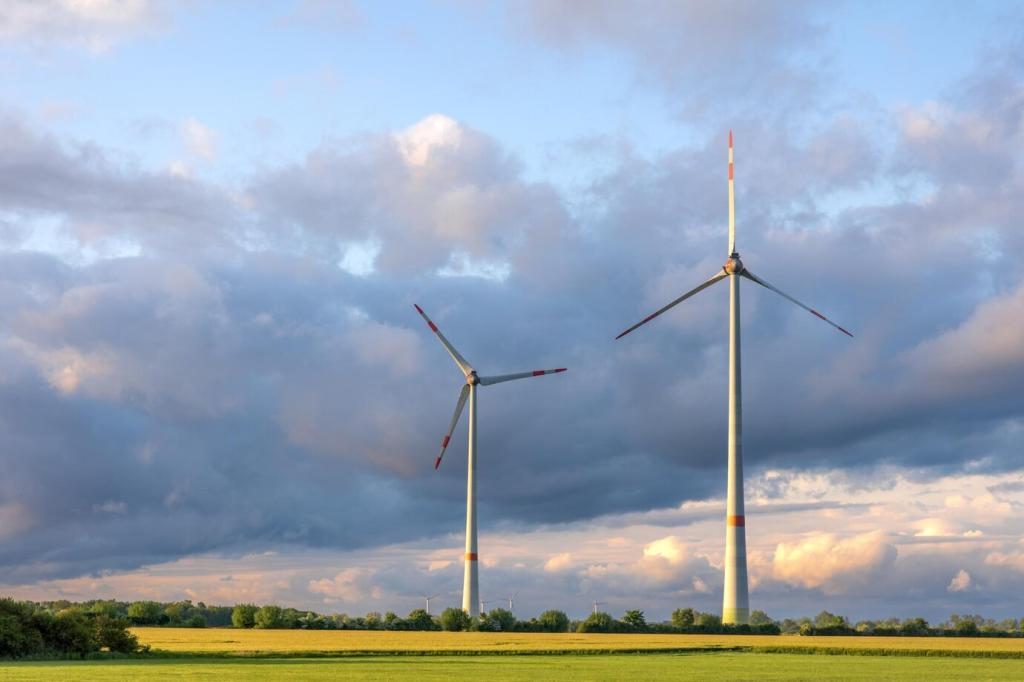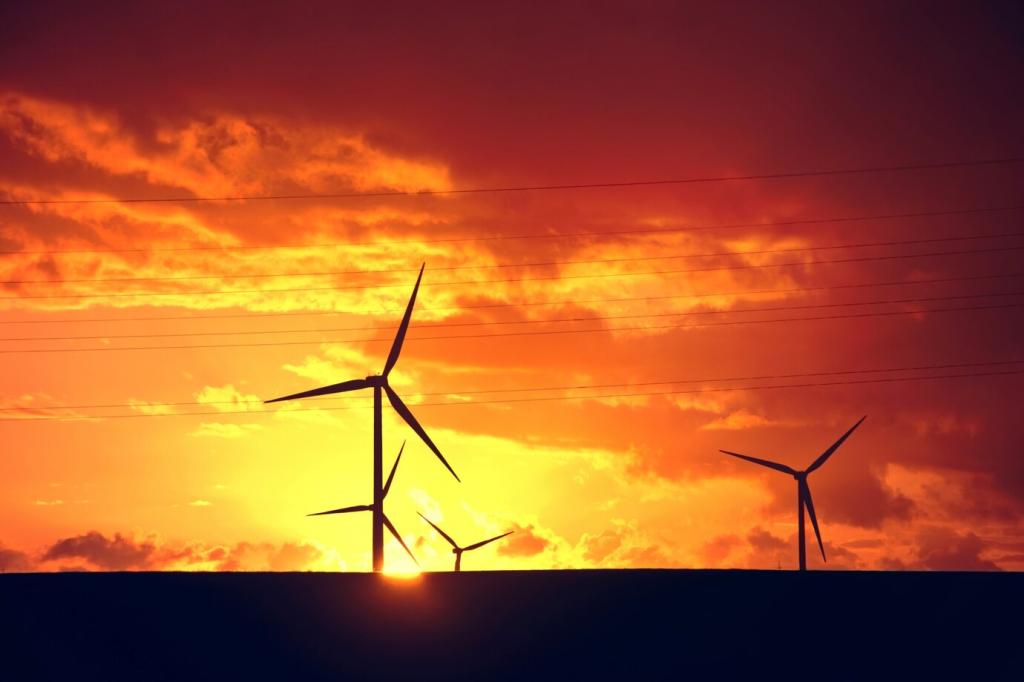Monitoring, Data, and Learning Over Time
Follow-up drone surveys use RGB and multispectral imagery to estimate survivorship, canopy vigor, and soil exposure. These snapshots reveal where pods thrive, fail, or need supplemental planting or erosion control.
Monitoring, Data, and Learning Over Time
Local volunteers validate aerial data by tagging seedlings, measuring height, and noting browse damage. Their stories add nuance, revealing microclimates and animal patterns that pixels alone cannot capture.










